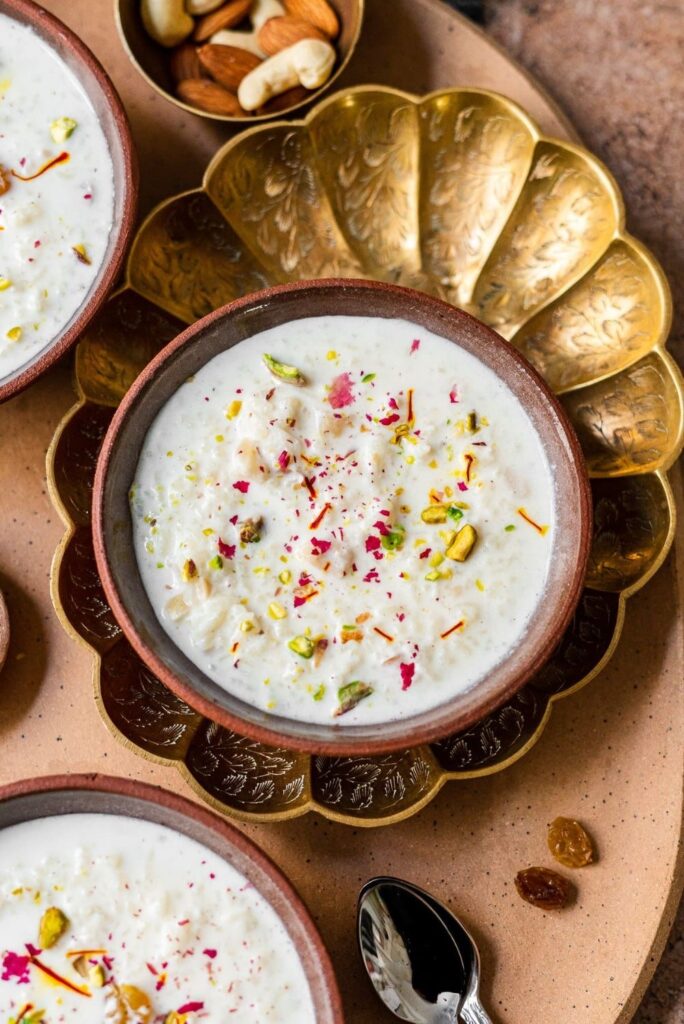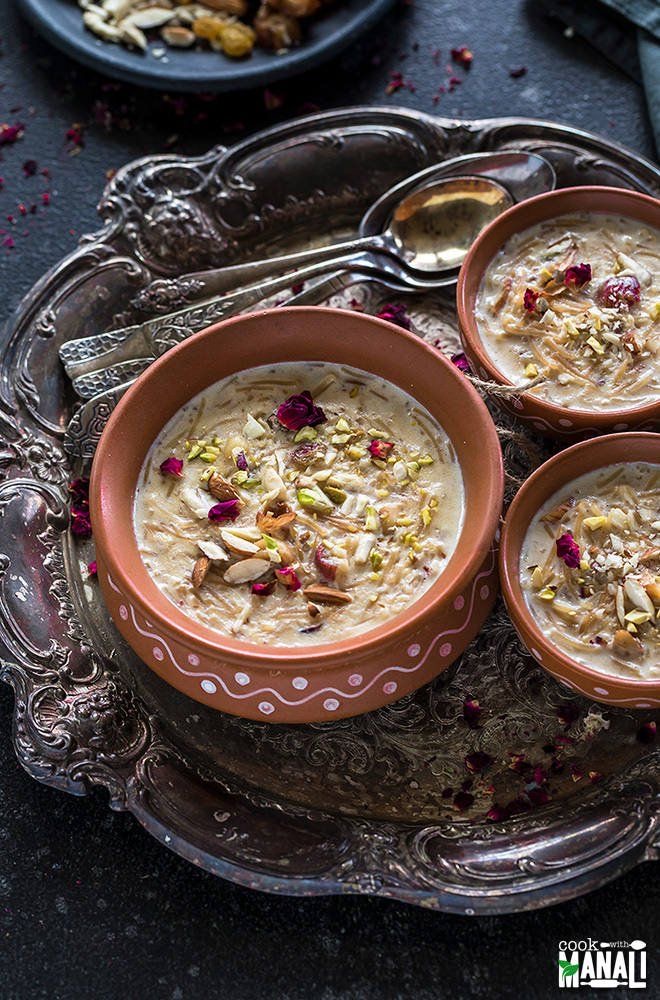In the vast and vibrant tapestry of Indian cuisine, each dish tells a story of centuries, cultures, and traditions. Today, let’s embark on a culinary journey back in time to rediscover an ancient Indian dish that continues to warm hearts and delight taste buds: Kheer. This creamy, comforting dessert is not just a dish; it’s a slice of history, a testament to India’s rich cultural heritage and culinary genius.


Kheer: The Essence of Indian Festivities
Kheer, essentially a rice pudding, is made by slow-cooking rice with milk and sugar, often flavored with cardamom, saffron, and dotted with nuts and dried fruits. Its simplicity belies its significance in Indian culture. Kheer is more than just a dessert; it’s a celebration, an offering to gods, a symbol of auspiciousness and prosperity. It graces the tables of many festivals, special occasions, and rituals across the country, each region adding its unique twist to the recipe.
A Dive into the Past
The origins of Kheer can be traced back to the ancient texts of Ayurveda, where it was mentioned as a concoction of rice, milk, and sugar, known to be beneficial for health. It is believed that Kheer was a part of the Indian diet since 400 B.C., making it one of the oldest dishes in Indian culinary history. This dish has traversed through centuries, dynasties, and cultures, evolving with each era but always retaining its essence.


Regional Variations: A Palette of Flavors
As Kheer made its journey across India, it embraced the diversity of Indian cuisine, leading to a myriad of variations. In the north, it’s often flavored with cardamom and saffron, while the south prefers the addition of jaggery and coconut milk, calling it “Payasam.” The east has its version known as “Payesh,” with the unique addition of date palm jaggery. Despite these variations, the core ingredients – rice, milk, and sugar – remain the same, symbolizing unity in diversity.
Kheer in Literature and Folklore
Kheer holds a special place in Indian literature and folklore, often mentioned in tales of kings, deities, and festivities. It is said that Kheer was a favorite of Lord Krishna, and many stories revolve around his love for this sweet delicacy. This historical and mythological significance adds layers of meaning to Kheer, making it more than just food; it’s a part of India’s cultural and spiritual fabric.

In today’s fast-paced world, where trends come and go, Kheer remains eternal, a beloved relic of India’s glorious past, cherished in the present, and preserved for the future. It’s a dish that bridges time, connecting us to our ancestors, to our traditions, and to each other. So, the next time you savor a spoonful of Kheer, remember, you’re not just tasting a dessert, you’re partaking in a legacy that’s as old as India itself.
Discovering Kheer is like rediscovering India – a land of ancient traditions, vibrant cultures, and exquisite flavors. It’s a journey through time, a taste of history, and a celebration of life itself. Let’s cherish and keep alive the rich culinary heritage of India, one dish at a time.
















Leave a comment